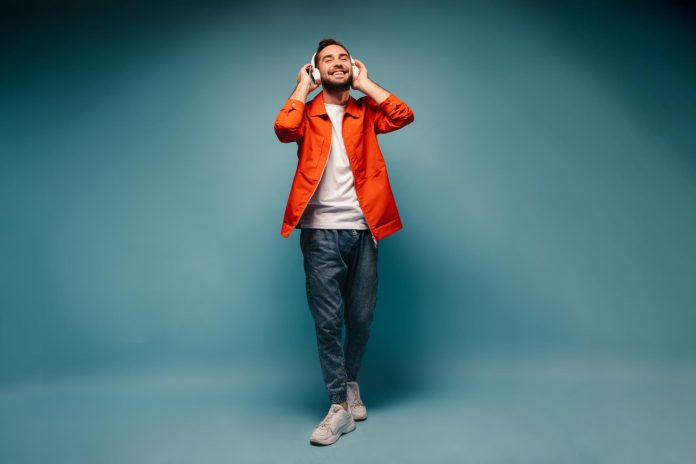Fashion is a dynamic form of self-expression that has evolved significantly over the decades. From the glamorous styles of the 1920s to the minimalist trends of the 1990s, each decade has been defined by its own unique fashion trends. In this blog, we will take a closer look at how fashion has evolved over the years and how these trends have shaped the way we dress today.
1920s: The Roaring Twenties
The 1920s were a time of significant change in fashion, with women embracing more liberated styles. The iconic flapper dress became popular, featuring loose silhouettes, dropped waists, and embellishments like beads and sequins. Men’s fashion also underwent a transformation, with suits becoming more relaxed and casual.
1950s: The Golden Age of Hollywood
The 1950s were a glamorous time in fashion, influenced by the golden age of Hollywood. Women’s fashion was characterized by full skirts, fitted tops, and an emphasis on the hourglass figure. Men’s fashion was also influenced by Hollywood, with suits featuring slim silhouettes and tailored lines.
1980s: The Decade of Excess
The 1980s were characterized by bold, vibrant fashion trends that reflected the excess and opulence of the decade. Women’s fashion was defined by bold colors, oversized silhouettes, and dramatic accessories like shoulder pads and neon jewelry. Men’s fashion also embraced bold colors and patterns, with suits featuring exaggerated shoulders and wide lapels.
1990s: The Era of Minimalism
The 1990s saw a shift towards more minimalist and casual fashion trends. Women’s fashion was characterized by simple, understated silhouettes, like slip dresses and oversized sweaters. Men’s fashion also embraced a more relaxed look, with casual wear like t-shirts and jeans becoming more popular.
2000s: The Rise of Fast Fashion
The 2000s marked the rise of fast fashion, with brands like H&M offering trendy, affordable clothing that quickly became popular. This decade also saw a mix of fashion trends, from the bohemian styles of the early 2000s to the glamorous, “bling” styles of the mid-2000s.
2010s: The Decade of Digital Influence
The 2010s were heavily influenced by digital media, with social media platforms like Instagram and Pinterest shaping fashion trends. Streetwear became increasingly popular, with brands like Supreme and Off-White leading the way. Athleisure also became a major trend, blurring the lines between athletic wear and everyday clothing.
2020s: A Return to Sustainability and Individuality
The 2020s have seen a shift towards more sustainable and ethical fashion practices. Slow fashion, which focuses on quality over quantity and sustainable production methods, has gained popularity. There has also been a focus on individuality and personal style, with people embracing fashion as a form of self-expression.
2024: Redefining Fashion Trends for the Modern Era
2024 brings a new chapter in the evolution of fashion trends, building on the rich history of styles from previous decades. As we look back, we see a blend of retro influences and futuristic designs that redefine fashion for the modern era. This year, sustainability and ethical practices continue to drive the industry, with a focus on eco-friendly materials and transparent supply chains. Digital innovation also plays a key role, with virtual fashion shows and online shopping experiences shaping how we engage with fashion. In 2024, fashion is not just about what we wear, but also about how our choices impact the world around us.
Inference
Fashion trends are constantly evolving, influenced by factors like culture, politics, and technology. While some trends may come and go, others endure and become timeless classics. By looking back at the evolution of fashion over the decades, we can gain a better understanding of how fashion has evolved and how it continues to shape our lives today.


















